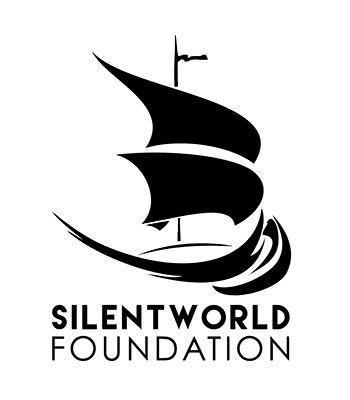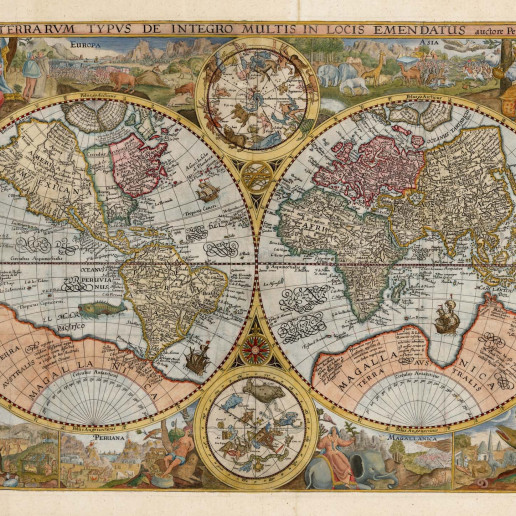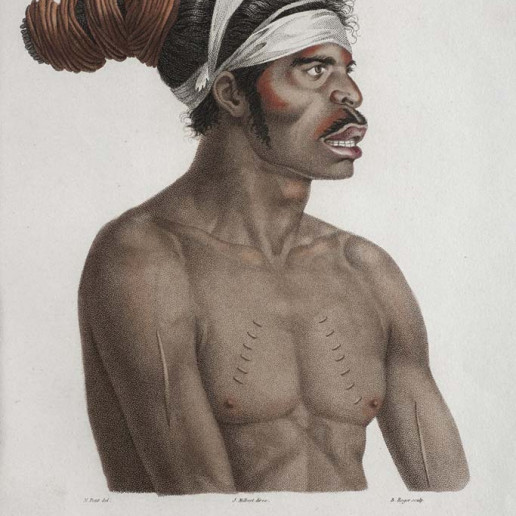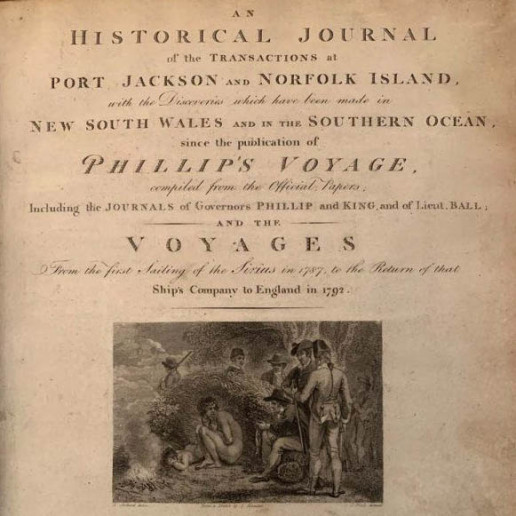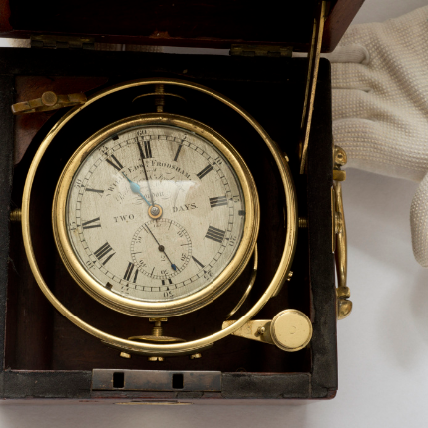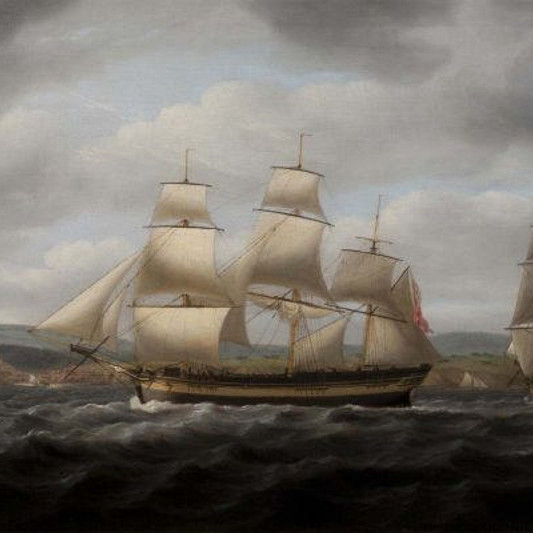
Name/TitleThe Death of Captain James Cook
About this objectThis depiction of Cook’s death in Hawaii is an alternative image to the famous painting by Webber. This engraving was made after the 1781 painting by George Carter. John Hall engraved Captain Cook, Samuel Smith engraved the landscape and John Thornthwaite the remaining figures.
The exact details of Cook’s death are debated. Some accounts state that Cook tried to prevent the violence and asked his men not to fire until it was too late, as is portrayed in Webber’s famous painting. Others, such as this image based on Carter’s painting, show Cook more actively engaging the Hawaiian warriors. The image shows the Captain gripping his rifle to swing towards the group of Hawaiian warriors facing him, one of whom raises a dagger to plunge into his shoulder while Cook’s men fire from the ships’ boats.
Carter was born in Colchester in April 1737, the son of George and Elizabeth Carter. Carter’s dramatic portrayal of contemporary events such as the death of Captain James Cook were greatly influenced by John Copley with whom Carter visited France and Italy in 1771. Copley initially described Carter as “a very polite and sensible man, who has seen much of the world”. However, relations between them soured and Copley later compared him to “a sort of snail which crawled over a man in his sleep and left its slime, and no more”.
MakerGeorge Carter - Artist
Maker RoleArtist
MakerS. Smith, J. Hall and J. Thornthwaite - Engraving
Maker RoleEngraver
Date Made1784
Period18th century
Medium and MaterialsPaper and ink
Place MadeLondon, United Kingdom
Inscription and MarksThe lower caption of print reads:
"The Death Of Captain James Cook by the Indians of O’Why’ee, one of the Sandwich Islands"
TechniquePrintmaking
Object TypePrinted Material
Object numberSF001758
Copyright Licence![]() Attribution - Non-commercial - No Derivatives (cc)
Attribution - Non-commercial - No Derivatives (cc)
Explore by category
Maps and Charts
Date range: 1541-1836
Ship Models
Date range: 1629-1890
Maritime Paintings
Date range: 1793-1849
Manuscripts and Ephemera
Date range: 1768-c1850
Medallions & Convict Tokens
Date range: 1619-1880
Landscapes
Date range: 1768-c1850
Books
Date range: 1694-c1850
Currency and Shares
Date range: 1624-1823
Printed Material
Date range: 1541-1836
Maritime Archaeology
Date range: 1629-1854
Curator's corner
New acquisitions, staff favourites and curios
The mug is decorated with an underglaze and a blue transfer print. On the body, it is titled ‘Emigrants to Australia’. This type of body and glaze was discontinued by 1840. Comparison of the handle shape and the profile of the foot, point to the attribution of manufacture by the Davenport Factory.
Delta was a ship-rigged vessel with two decks and three masts. It was built in Dordrecht, Netherlands in 1839 at the shipyard of Jan Schouten and registered in the same port. Its hull was constructed of oak and sheathed in ‘yellow metal’. Delta was owned by H. van der Sande at the time of its loss and was engaged as a cargo trader.
The Delta carried 29 crew and passengers, while sailing from Melbourne to Batavia in ballast when wrecked at Kenn Reefs on 30 May 1854 whilst under the command of Captain J.G. Kunst. This vessel loss supports the pattern of shipwrecks located on a well-travelled shipping route that was poorly charted until the mid-nineteenth century. The crew of the Delta could see four other shipwrecks at Kenn Reefs at the time of their vessel’s loss.
Important image of a ship associated with Matthew Flinders, that would shortly become one of the most famous early shipwrecks in eastern Australian waters. This is a fine ship’s portrait, by one of the great exponents of the art
